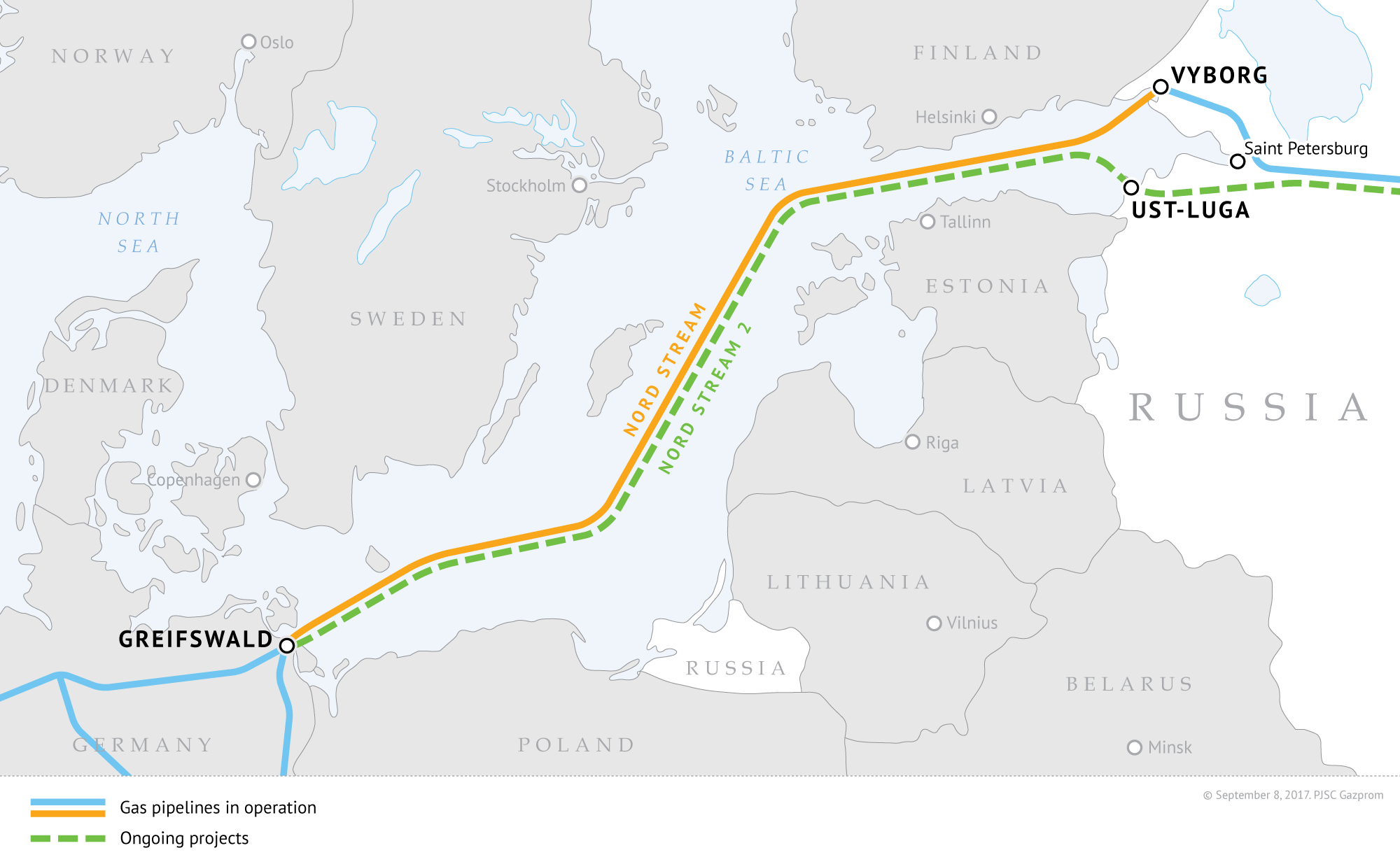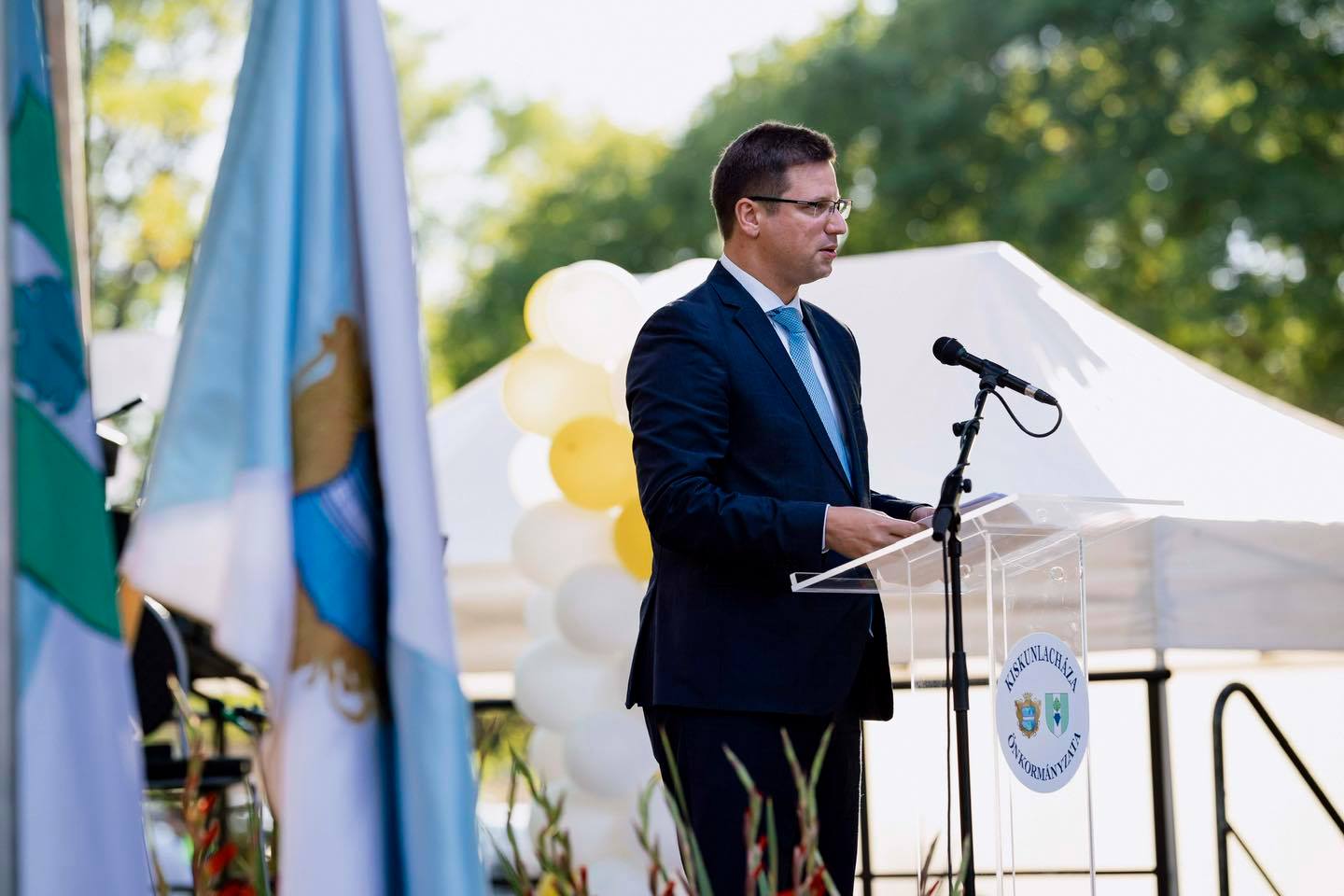If completed, Nord Stream 2 will divert to Germany most of the Russian natural gas currently transmitted to Europe via Ukraine—55.8 bcm in 2020 (Naftogaz, April 28).
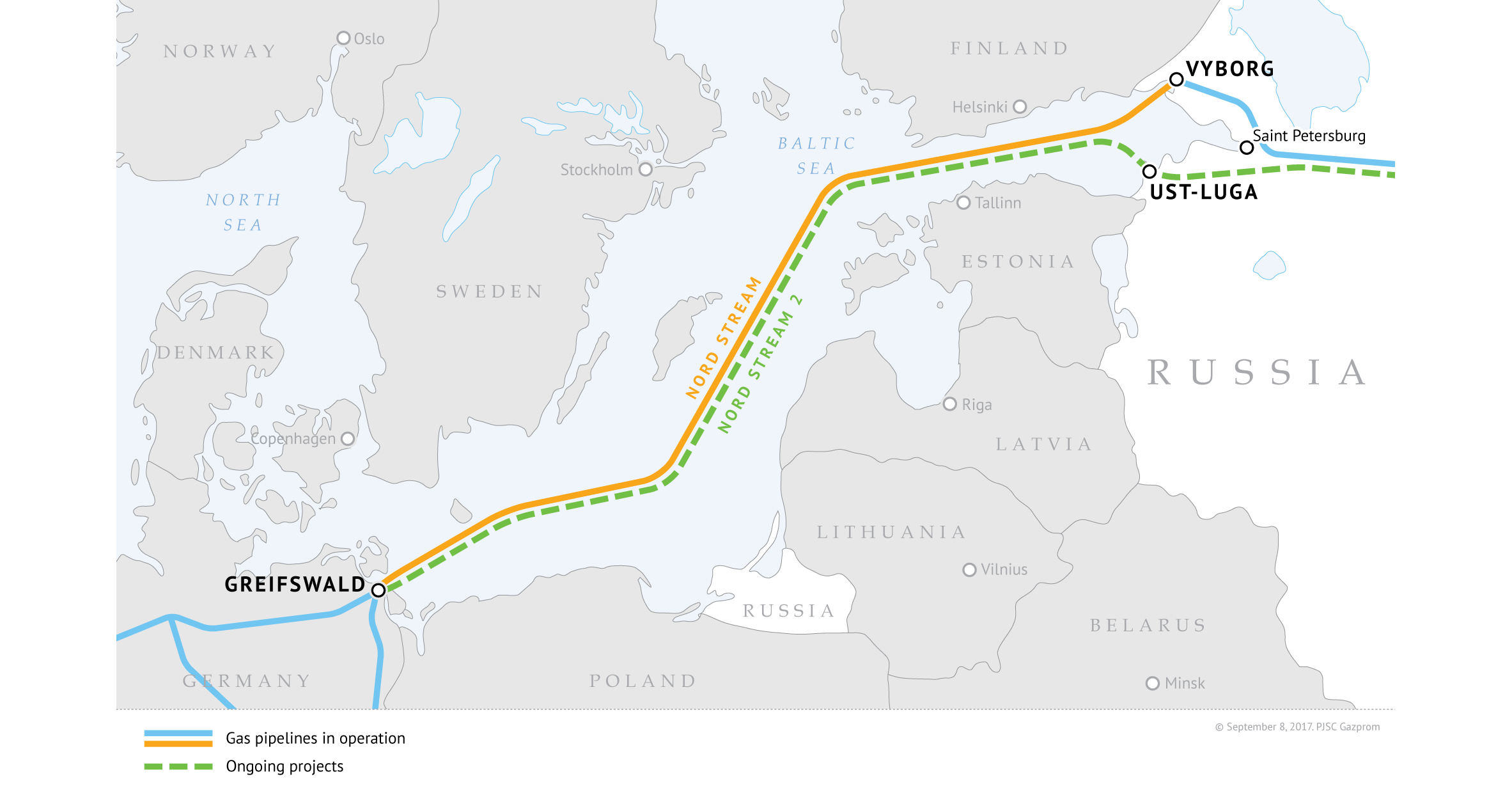
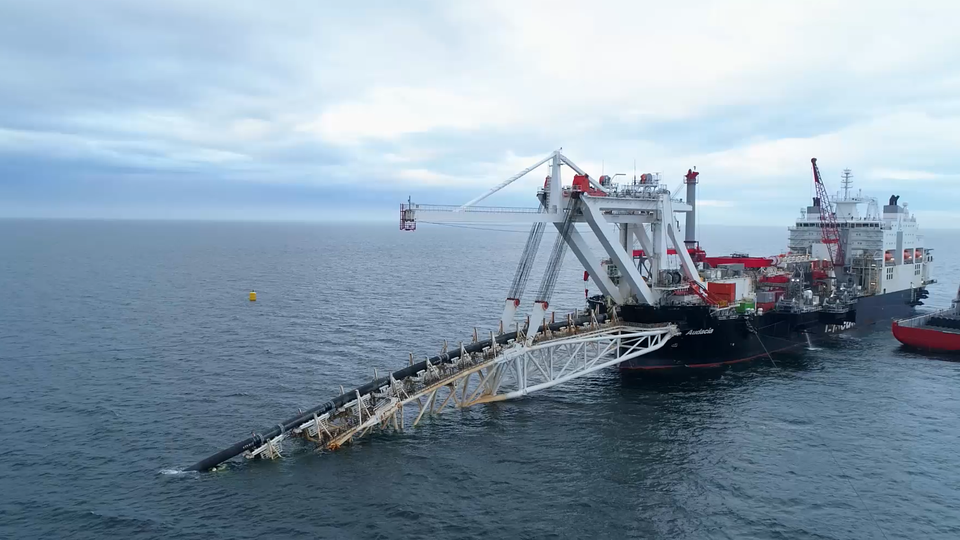
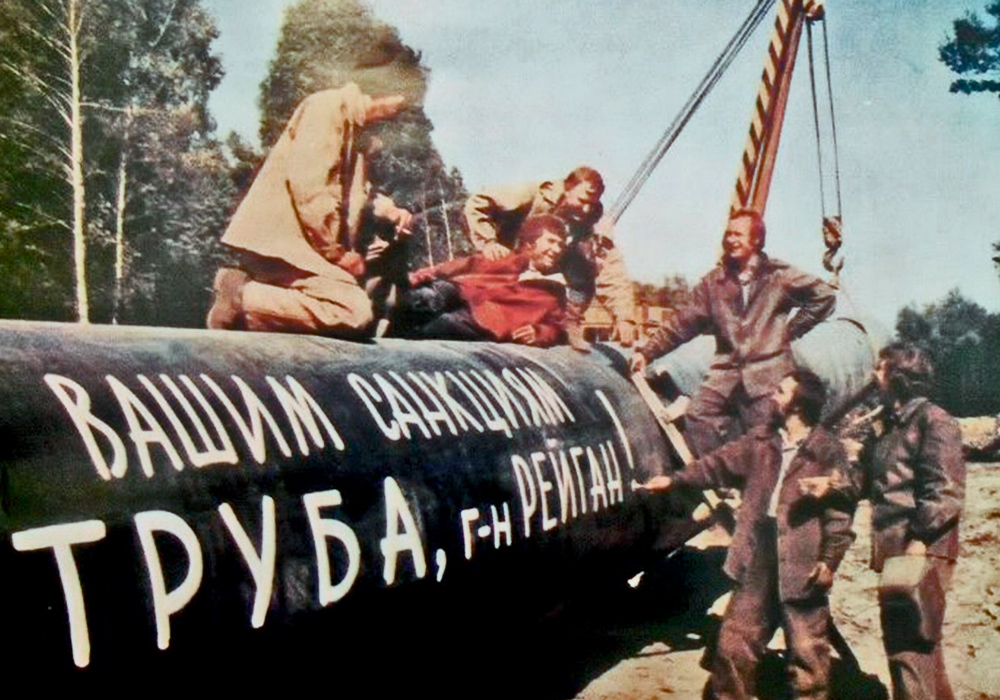 A newly laid pipe reads, "Pipe to your sanctions, Mr. Reagan" (the "pipe for something" is a Russian idiom meaning "failed, done, kaputt"). Construction works of the Urengoy–Pomary–Uzhhorod pipeline. USSR, 1982. Photo: Public Domain
A newly laid pipe reads, "Pipe to your sanctions, Mr. Reagan" (the "pipe for something" is a Russian idiom meaning "failed, done, kaputt"). Construction works of the Urengoy–Pomary–Uzhhorod pipeline. USSR, 1982. Photo: Public Domain
At the peak of Cold War tensions, the Reagan administration was afraid that a new high capacity gas pipeline will give the USSR an energy leverage over Western Europe as well as well as the gas export revenue could be used for the military purposes. In 1981-1982, the US imposed sanctions preventing US companies and their subsidiaries in Europe to export oil and gas technologies to the USSR. Europe allies refused to boycott the pipeline then.
History repeats itself with the Nord Stream 2, which was recently green-lighted by Germany.
Much stronger protection and deterrence of further Russian aggression against Ukraine could be offered by Germany, if indeed, Chancellor Angela Merkel succeeds in convincing German companies to make significant investments in Ukraine’s green energy sector. As reported by Handelsblatt, to complete the Nord Stream 2 pipeline project without further US sanctions, Berlin has offered Washington greater economic support for Ukraine (Handelsblatt, March 18). Germany has been particularly interested in supporting hydrogen gas production in Ukraine. Leaked documents spell out German intentions to invest in this sector, calculating that Ukraine can produce one-sixth of the hydrogen gas needed for Europe’s green transition—7.5 gigawatts out of 40 gigawatts planned for generating in the EU by 2030.Further reading:
- Time to stop Nord Stream 2 now: open letter by Ukrainian politicians, leaders
- Biden may lose ability to play around with Nord Stream sanctions: interview with Lana Zerkal
- Russia pushes to complete Nord Stream 2 challenging US sanctions
- Gas, money laundering, and pizza: report details Russia’s economic meddling in Europe
- Portnikov: Why Berlin saves Putin’s Nord Stream 2 gas pipeline
- Everything you wanted to know about Nord Stream 2 but were afraid to ask



